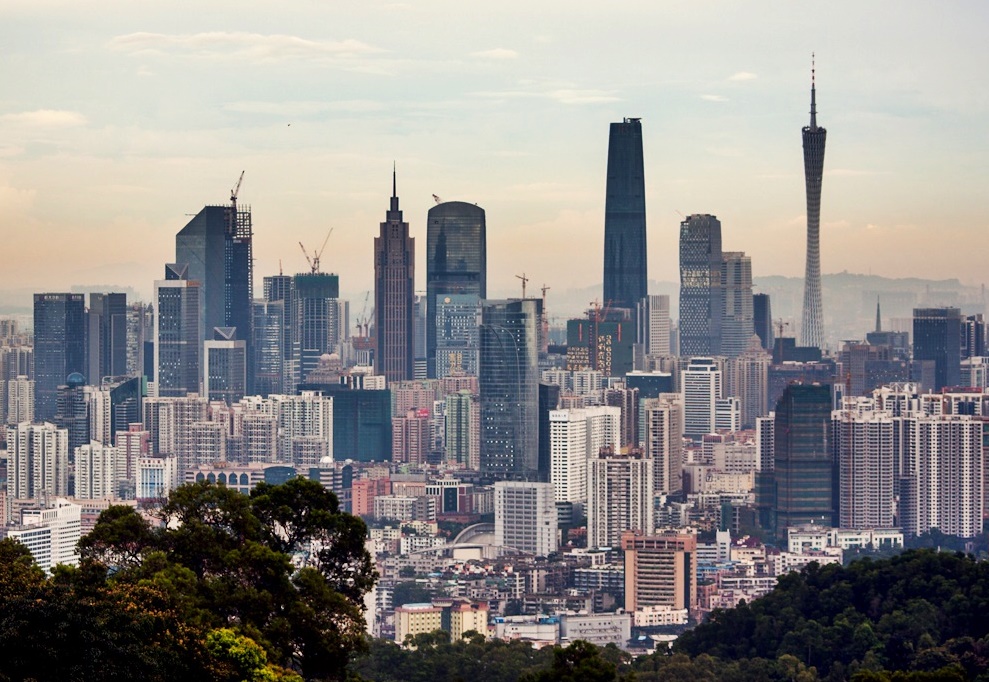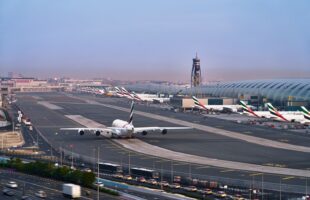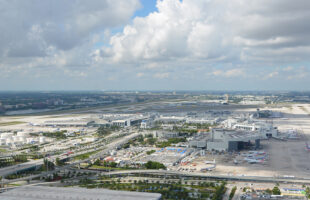
Airports in the Asia-Pacific region reported marginal increases in total air freight of +1.4 per cent in May 2016 whereas the Middle East reported moderate growth at +3.3 per cent. The global trade growth remained sluggish and the cargo load factor continued to exhibit weakness, the Airports Council International (ACI) said in its latest statistical release.
The top three freight hubs in the Asia-Pacific all delivered mild increase/ declines from last year: Hong Kong (HKG) -1.1 per cent, Shanghai Pudong (PVG) +1.5 per cent, Incheon (ICN) +1.4 per cent. Among Asia-Pacific airports, Guangzhou (CAN) generated the highest growth at +9.7 per cent.
The picture in the Middle East was mixed, while the largest hub Dubai (DXB) maintained solid growth at +4.9 per cent and Doha (DOH) continued to expand and recorded an outstanding increase of +18.3 per cent, most freight airports in the region suffered a decline in air freight volume.Meanwhile, passenger traffic on the other hand saw widespread growth in May 2016, with Asia-Pacific recording +7.2 per cent growth while the MIddle East reported +11.4 per cent growth.
In the Asia-Pacific, India continued to lead passenger growth supported by solid domestic demand with Delhi (DEL) seeing +21 per cent growth and Bangalore (BLR) even higher at +24.2 per cent. Guangzhou (CAN) rebounded from a period of slow growth in 2015 and led China this month with +10 per cent growth.
Elsewhere in the region, Auckland (AKL) posted an increase of +11.6 per cent and has been gaining momentum since late 2015 driven by increase in seat capacity in both existing and new services.
In the Middle East, Doha (DOH) remained in the leading position posting growth at +23.8 per cent followed by Dubai (DXB) +7.2 per cent and Abu Dhabi (AUH) +5.6 per cent.









